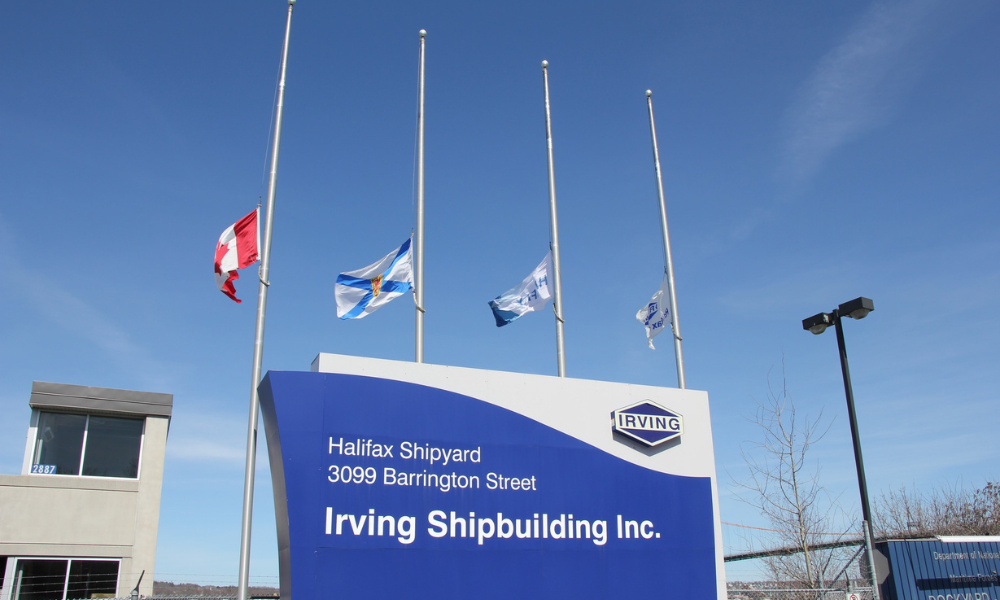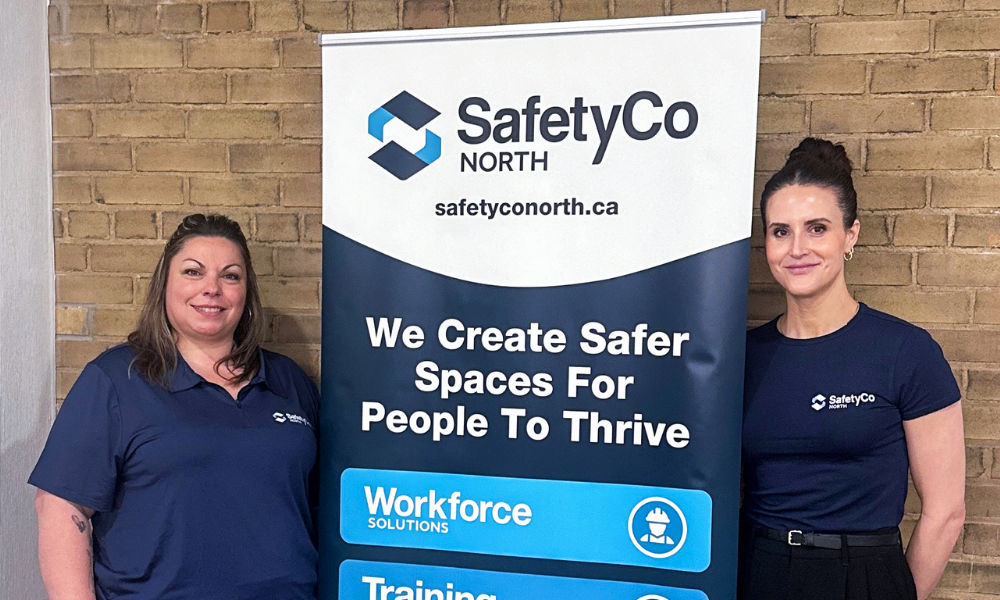Stat 'cuts across all age groups and highlights the critical challenges' says ACSA

A startling trend is emerging in Alberta’s construction industry: more than half of the workers' compensation claims come from employees within their first year on the job. Mark Hoosein, CEO of the Alberta Construction Safety Association, shares his thoughts on this worrying pattern, underscoring that it’s an industry-wide challenge demanding immediate attention.
"Fifty-five percent of claims in construction in Alberta are from workers within their first year at a company," Hoosein states. “It’s not just young workers, either. This statistic cuts across all age groups and highlights the critical challenges faced by new hires adjusting to high-risk environments.”
The high percentage of injuries among first-year workers points to significant gaps in safety culture, onboarding processes, and supervisory practices. Hoosein explains that pinpointing one root cause is difficult. He says while training is a critical component, it cannot fully address the issue alone. "We need to ask ourselves: do we have an environment where new workers feel comfortable asking questions if they don’t understand something?" he says. "Often, they feel pressure to prove themselves, so they hesitate to speak up or admit they don’t know something.”
The problem is particularly pronounced in Alberta, where the construction sector is booming, and labour shortages have become increasingly severe. Hoosein describes a frantic pace on construction sites, one that sometimes prioritizes productivity over safety. “The real truth about construction is there’s so much work to do, but not enough workers,” he explains. "New hires want to get right to work, and we, as an industry, need to balance that energy with proper supervision and thorough onboarding."
To address these safety concerns, Hoosein urges construction companies to examine their onboarding programs and invest more in their safety management systems. "Companies that invest deliberately in safety see far better outcomes," he notes. "Fewer injuries mean better project quality, less rework, and staying on schedule. There’s a real payback when safety is a top priority."
Beyond onboarding, Hoosein points to broader cultural changes needed in the industry. He advocates for stronger, more proactive supervision that enables new workers to recognize hazards and engage in situational risk assessment. "This is not just a challenge for health and safety practitioners," he emphasizes. "It’s a company-wide responsibility that starts from the top. Owners, supervisors, and field-level leaders must work together to protect workers from day one."
For safety leaders striving to secure buy-in from executives, Hoosein highlights the labor market’s current reality. "We have a labor shortage in Alberta that isn’t going away," he says. "We can’t afford to have people injured and off the job. Protecting our workforce ensures that projects can continue efficiently, which benefits the entire industry."
The rising injury rate among first-year construction workers is a stark reminder that safety requires an all-hands-on-deck approach. As Hoosein concludes, "We’ve got to do our best to keep workers safe, keep them at work, and keep them productive. It’s about more than compliance; it’s about sustaining the entire industry."





